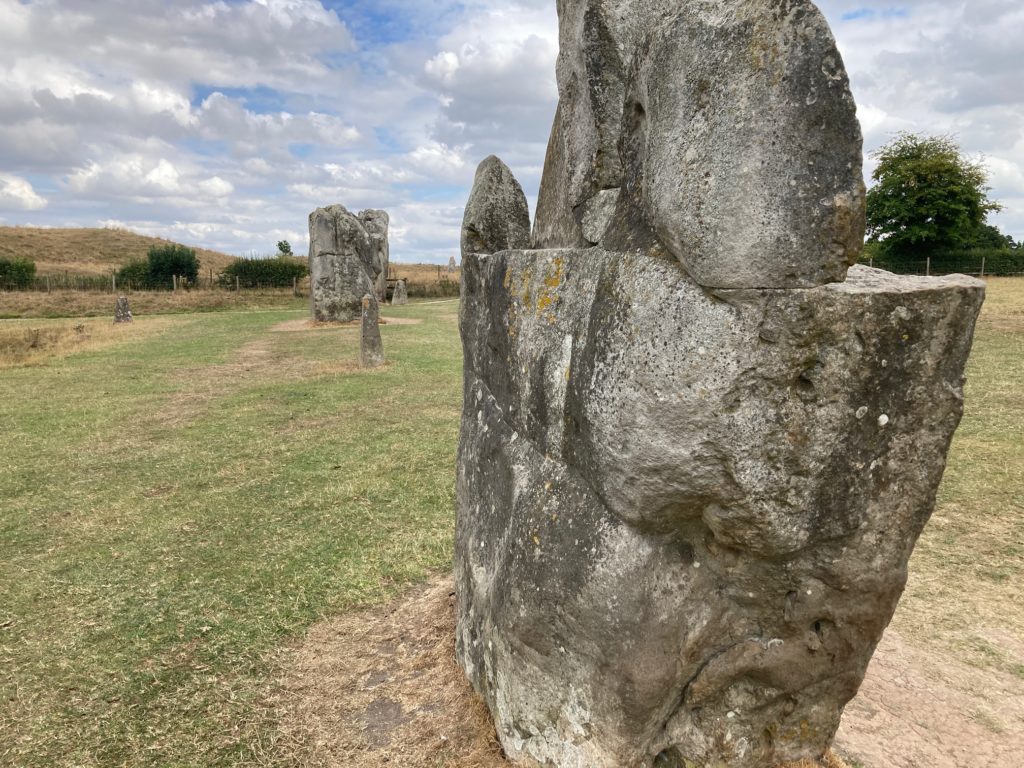Sitting Stones: Mark Hooper navigates revelations and ignorance at Avebury.
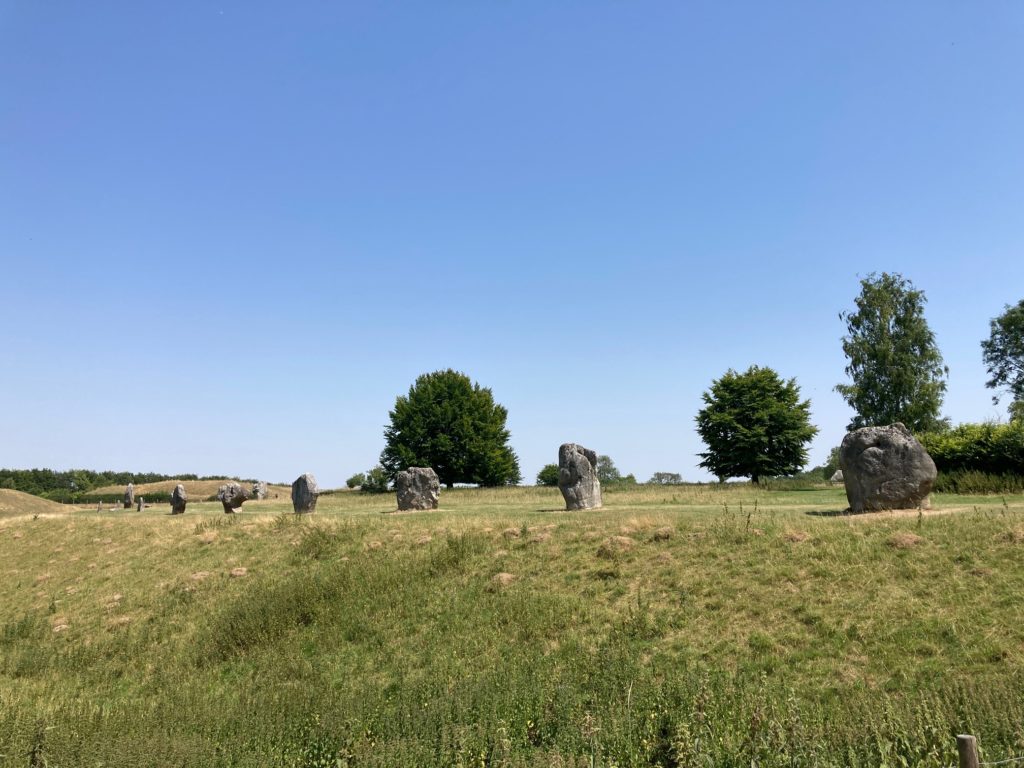
The first time I went to Avebury, I had what they call a Moment Of Revelation. There is nowhere like it on earth — not even Stonehenge, its nearby and better-known neighbour, with its timed visits and roped-off exclusion zones and rubber-necking drivers causing minor traffic incidents passing by on the A303.
If you haven’t been, Avebury consists of two concentric rings of standing stones, set within a circular embankment, which you don’t just drive past: you drive through. The B4003 and the A361 cross almost at the centre of the rings, which encircle the core of the village — with the Red Lion pub at its heart (founded in 1802, which is yesterday by the standards we’re talking about here — what’s 220 years when Avebury and Stonehenge are both estimated to have been built 5,000 years ago?). Not only can you drive so close to the stones that you can literally stretch your arm out of the car window and touch one of them (just after the Red Lion, if you’re headed North) — you are also free to stoke, grope and grapple all of them at your leisure. On any given day you will see people with their ears pressed to the stones, or hugging them. Some of the megaliths have natural indentations and protrusions that people sit on for selfies, while kids regularly scramble up the larger stones as embarrassed parents shoo them off ineffectually.
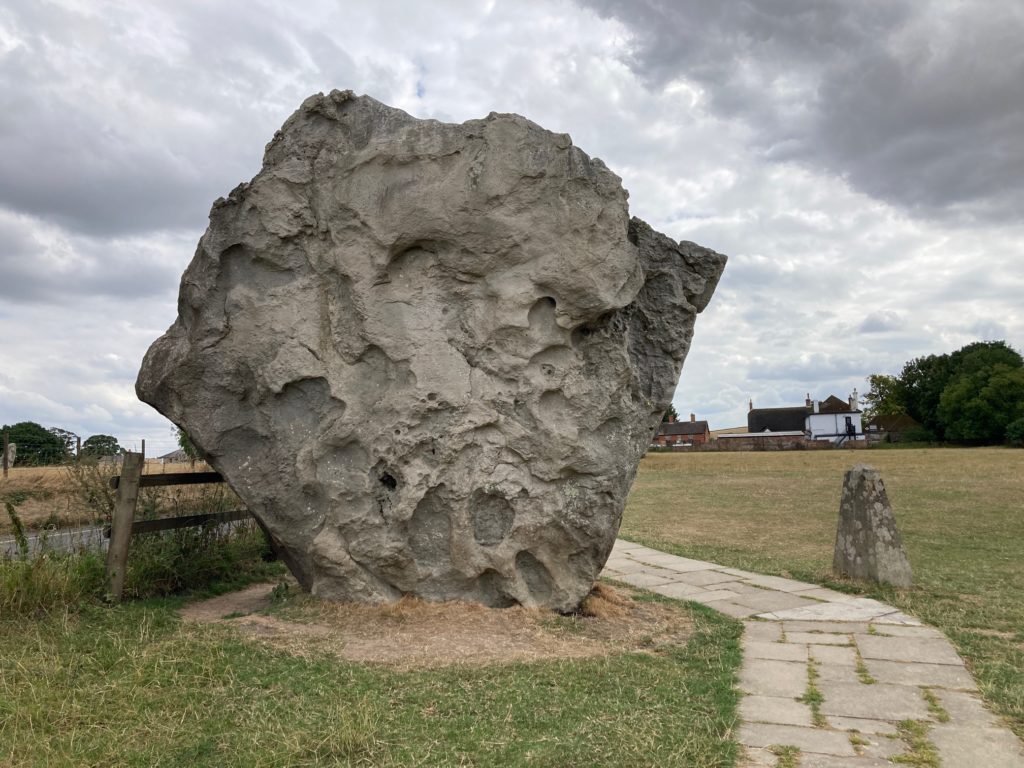
This isn’t the way at Stonehenge…although it was once. For a while, as a child, I lived in Warminster, on the edge of Salisbury Plain and a (small, circular) stone’s throw away from Stonehenge. I have memories of being allowed to not only walk right up to the famous Sarsen stones there, but also to touch them. To be honest, I assumed this was an implied memory, but then my brother Andy, visiting from California (where he’s lived for over 25 years), announced that he’d chanced across a photo of the two of us, in the late 1970s, wearing natty knitwear from Man at C&A for Kids, actually sitting on one of the slabs that lies on the ground (looking at the pictures, I’m pretty sure it’s the Altar Stone).
There is a sense of laidback competitiveness between Stonehenge and Avebury. Stonehenge is the flashy (perfect) cousin that everyone flocks to — while Avebury is the one that all the locals know is better. If you want specifics, let me explain that Moment Of Revelation I told you about. Before I’d even reached Avebury, driving alongside the ‘Avenue’ (a series of stones, marking a procession towards the central circles), I spotted a small, ancient stone nestling on the verge of the modern road. Considering the countryside is liberally littered with them, this is nothing special. Except it was. It’s hard to describe the feeling it gave me. But I do remember what I thought. And it was this: we are not a Christian country.
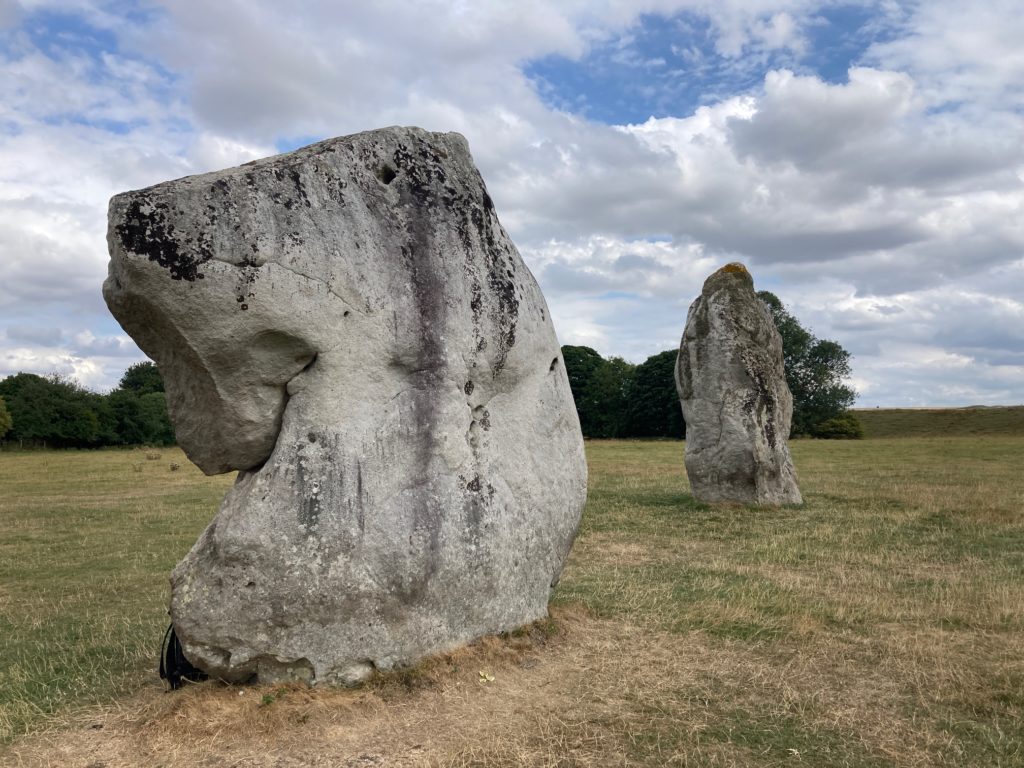
I have nothing against Christians. Some of my best friends, etc. And this is really hard to articulate, so let me say it in a really condescending, simplistic way: Christianity — the religion that Great Britain helped to spread, often forcibly, throughout a large portion of the world — has no real links to this country. We were introduced to it by an invading country as well — and it was all-pervading.
And, while the Romans clearly did a lot for us, they also obliterated the culture of the original Britons, to the extent that no-one really has a clue who built our oldest, most recognisable and most resonant landmarks — or for what purpose. Just how little we know is brilliantly satirised in the collection Stonehenge Antiquaries by Rodney Legg (‘Nine hundred years of fantastic theories concerning Britain’s foremost national monument, brought together as a bizarre compilation of archeological nonsense’). All we have is a lot of vague talk about Druids and pagans, and how these incredible structures were created with a mixture of otherworldy engineering brain and primitive brawn. These people sourced stones from Wales and navigated their way to Wiltshire, then invented ways of levering them into place — and yet their main tools for excavation were antlers. How does that even tally?
Thankfully, the mini museum in the same gift shop in Avebury explains it all with a 3D diorama depicting a Playmobil character shifting stones with a plastic, station porter style two-wheeled trolley. Job done. But it was another display there that really caught my eye. This one explained how, for centuries, the locals of Avebury would readily help themselves to the stones, smashing them up for cheap building material. Today, the site is covered with small, knee-high concrete obelisks marking where the missing originals once stood — of the 100 standing stones, only 30 still remain.
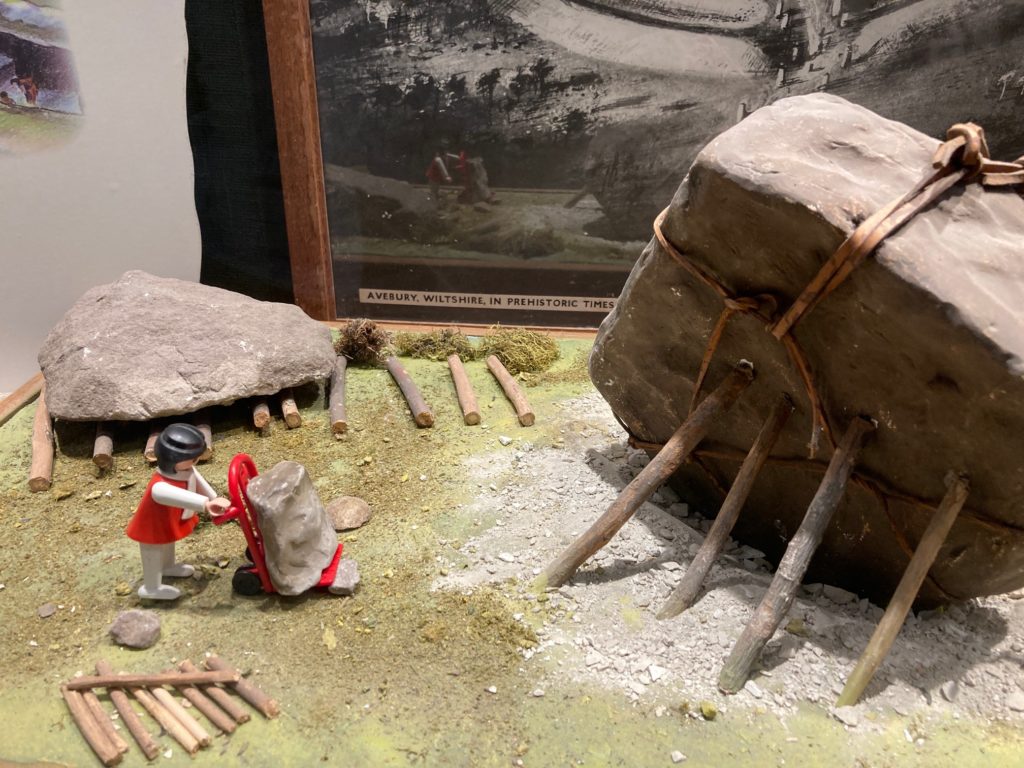
Although it is thought that many of the stones were first removed and buried during the Middle Ages in a spate of religious zealotry (those pesky Christians again), it seems that a second destructive phase, beginning in the late 17th century, saw locals vandalizing the stones for profit. Not only can we see the results of this — with the distinctive stones used throughout the village’s existing houses, as well as the local chapel — we also know the main culprits. Most notorious was Tom Robinson, a ‘housing speculator’, who was named, shamed and parodied by William Stukeley, an antiquarian and biographer of Sir Isaac Newton, in his 1743 tome Abury: A Temple of the British Druids. Depicting Robinson as ‘the Herostratus of Avebury’ (after the ancient Greek who destroyed the second Temple of Artemis in Ephesus), Stukeley details how the famous circles ‘hath fallen a sacrifice to the wretched ignorance and avarice of a little village unluckily plac’d within it’. First, a pit was dug under the stone, making it topple over. Next, straw was set on fire under it. Once the stone had been heated by the flames, it was drenched with water and then struck with sledgehammers until it disintegrated into small boulders.
I get why we’re not supposed to sit on ancient stones these days. But, having been dug up, burned, robbed and sold, I don’t think my backside’s going to do them much harm. That’s why Avebury is best. It’s been rescued from ignorance and it’s now guarded by people who cook a snook at Stonehenge and its over-protectionism. Besides, they’re our stones, and no jumped-up Roman in a hi-viz jacket is going to tell me otherwise.
